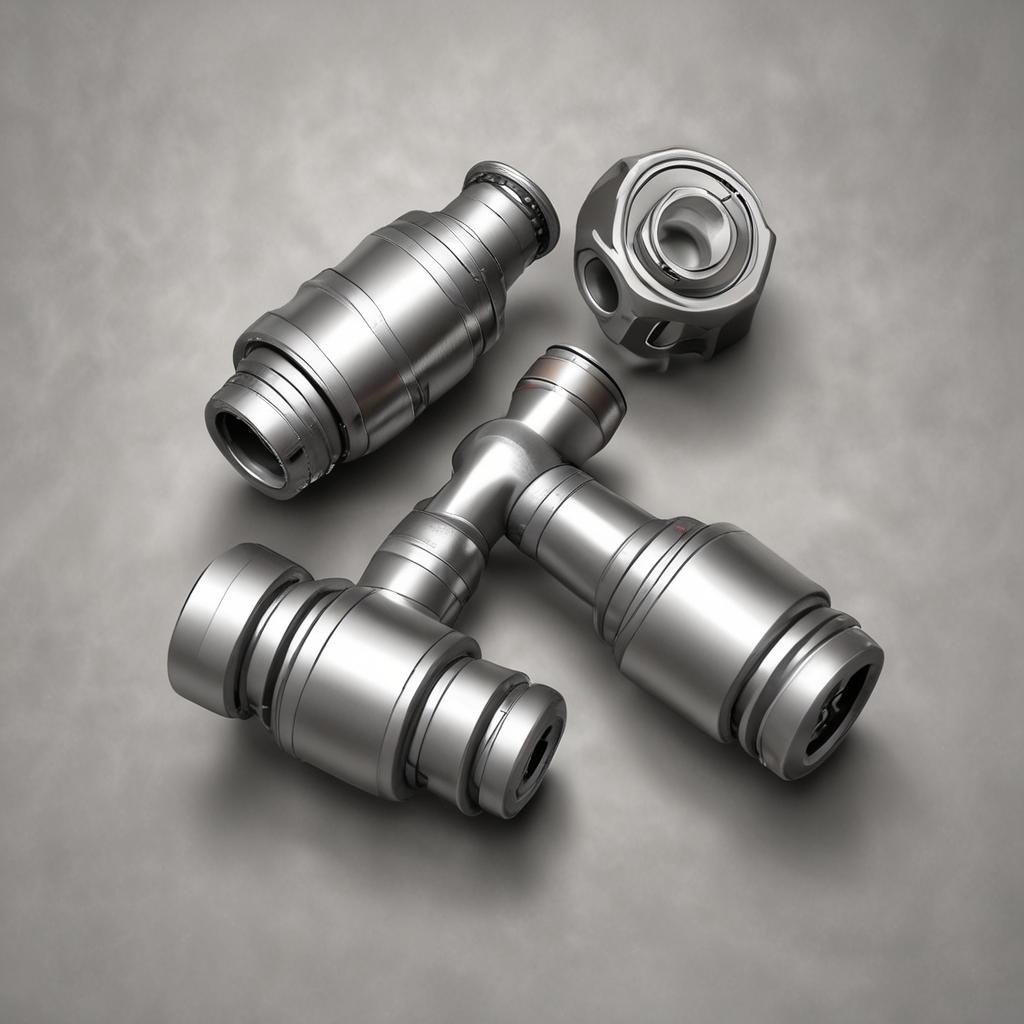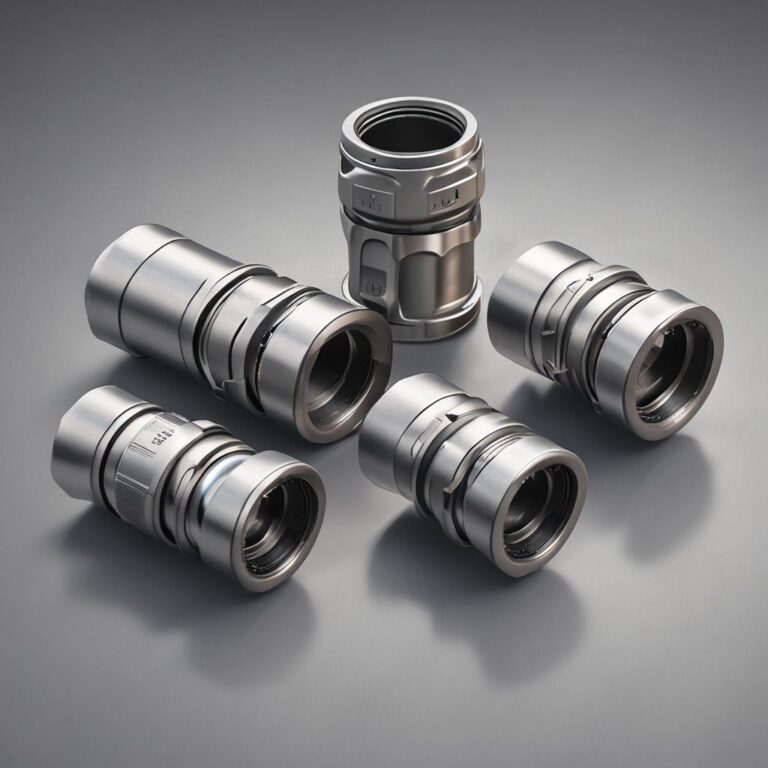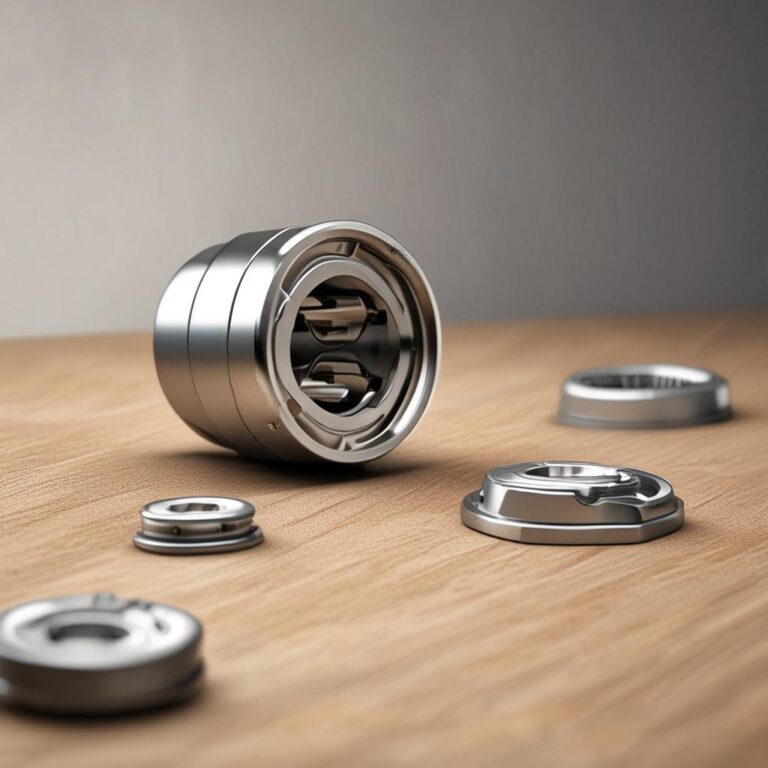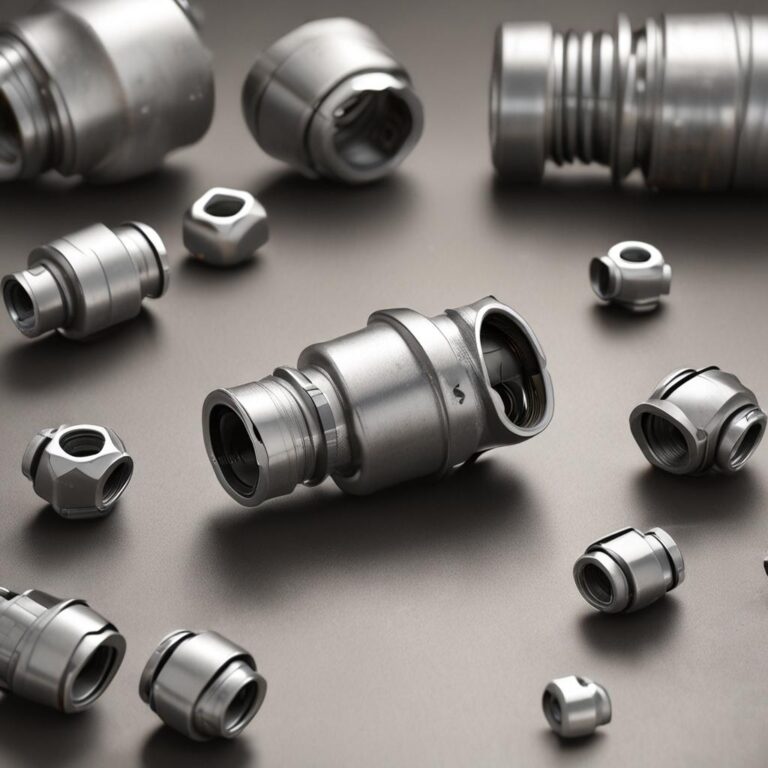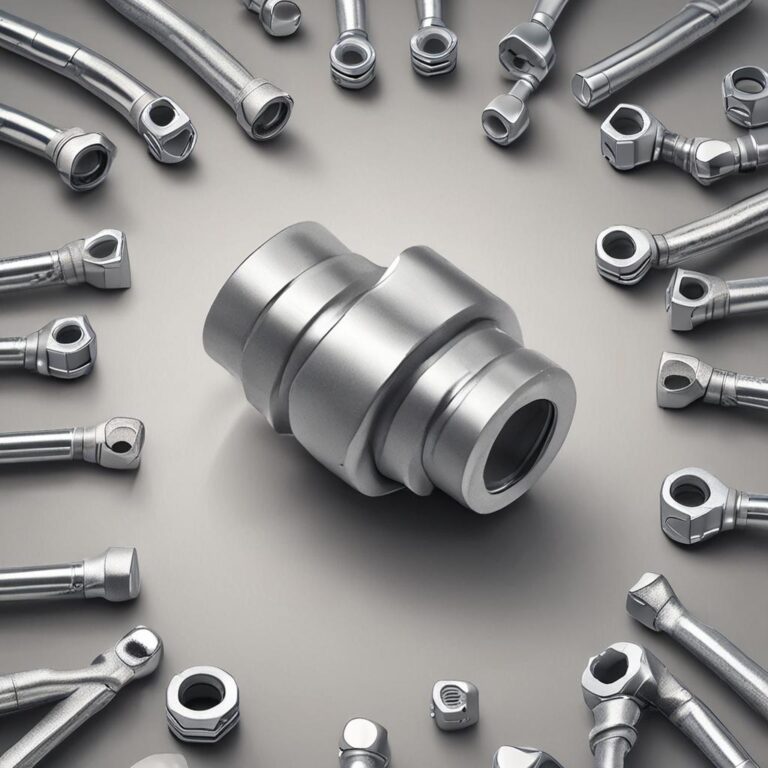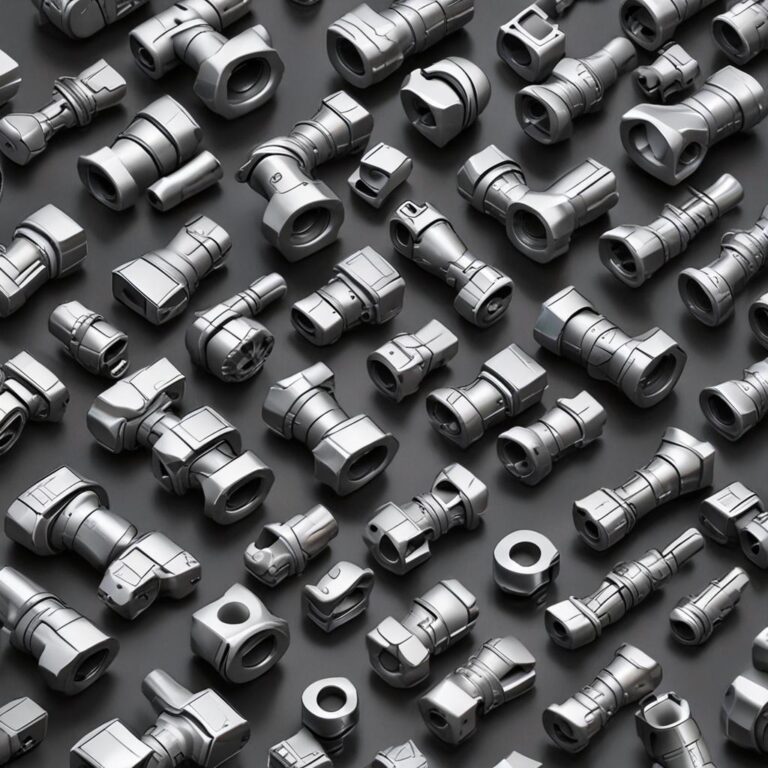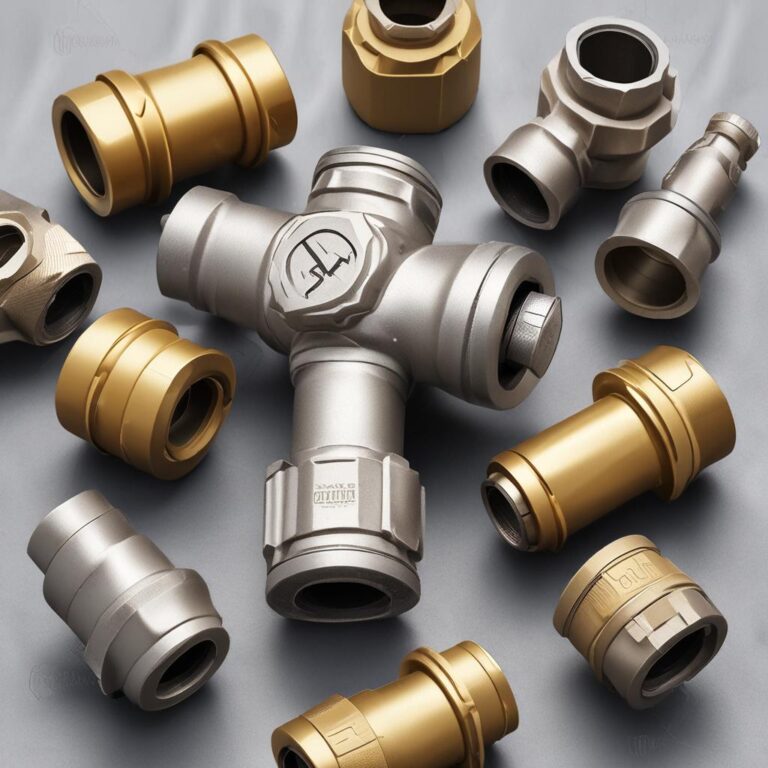Ball and Socket Universal Joint
Universal joints are critical components in mechanical systems, enabling the transmission of rotational motion between shafts that are not perfectly aligned. Among the various types of universal joints, the ball and socket universal joint has emerged as a preferred choice in applications demanding smooth, reliable, and high-load motion transfer. This blog post delves into the structure, function, advantages, and real-world uses of ball and socket universal joints, offering valuable insights for engineers, mechanics, and mechanical enthusiasts. By understanding how these joints work and their unique benefits, you can make informed decisions for your mechanical projects.
Understanding Universal Joints
What is a Universal Joint?
A universal joint, or U-joint, is a mechanical coupling that allows rotational movement between two shafts at varying angles. It compensates for misalignment while transmitting torque, making it indispensable in machinery where shafts cannot maintain a straight line. Common applications include automotive drive shafts, industrial conveyor belts, and robotic articulation systems, where flexibility and durability are paramount.
Types of Universal Joints
Universal joints come in several designs, each tailored to specific requirements. The Cardan (Hooke) joint is a traditional design with two yokes connected by a cross-shaped spider, suitable for low-speed applications. The Double Cardan joint improves torque balance by using two interconnected Cardan joints. Constant velocity (CV) joints are used in front-wheel-drive vehicles to maintain consistent speed during rotation. The ball and socket universal joint, however, stands out for its compact structure, reduced vibration, and ability to handle higher rotational speeds with minimal friction.
What is a Ball and Socket Universal Joint?
Structure and Components
The ball and socket universal joint features a spherical ball that fits into a concave socket, allowing rotational movement. Key components include the inner ball joint, outer socket housing, and precision bearings that reduce friction. This design enables a wide range of motion and is often reinforced with durable materials to withstand demanding environments. The compact geometry makes it ideal for space-constrained applications compared to traditional U-joints.
How It Works
The joint transfers motion by aligning the ball and socket at an angle, accommodating misalignment while maintaining torque continuity. As the ball rotates within the socket, its curved surfaces distribute load evenly, minimizing wear and vibration. Unlike Cardan joints, which can introduce angular velocity fluctuations, ball and socket joints provide smoother operation, making them suitable for high-precision equipment like robotic actuators or aerospace systems.
Key Metrics
Performance metrics for Ball and Socket Universal Joint
Common Materials Used
Ball and socket joints are typically constructed from hardened steel or stainless steel for strength and longevity. In corrosive or extreme environments, materials like titanium or specialized alloys may be used. Factors influencing material selection include load capacity, temperature resistance, and the need for smooth, low-friction movement. For instance, stainless steel is favored in marine or chemical processing equipment for its rust-resistant properties.
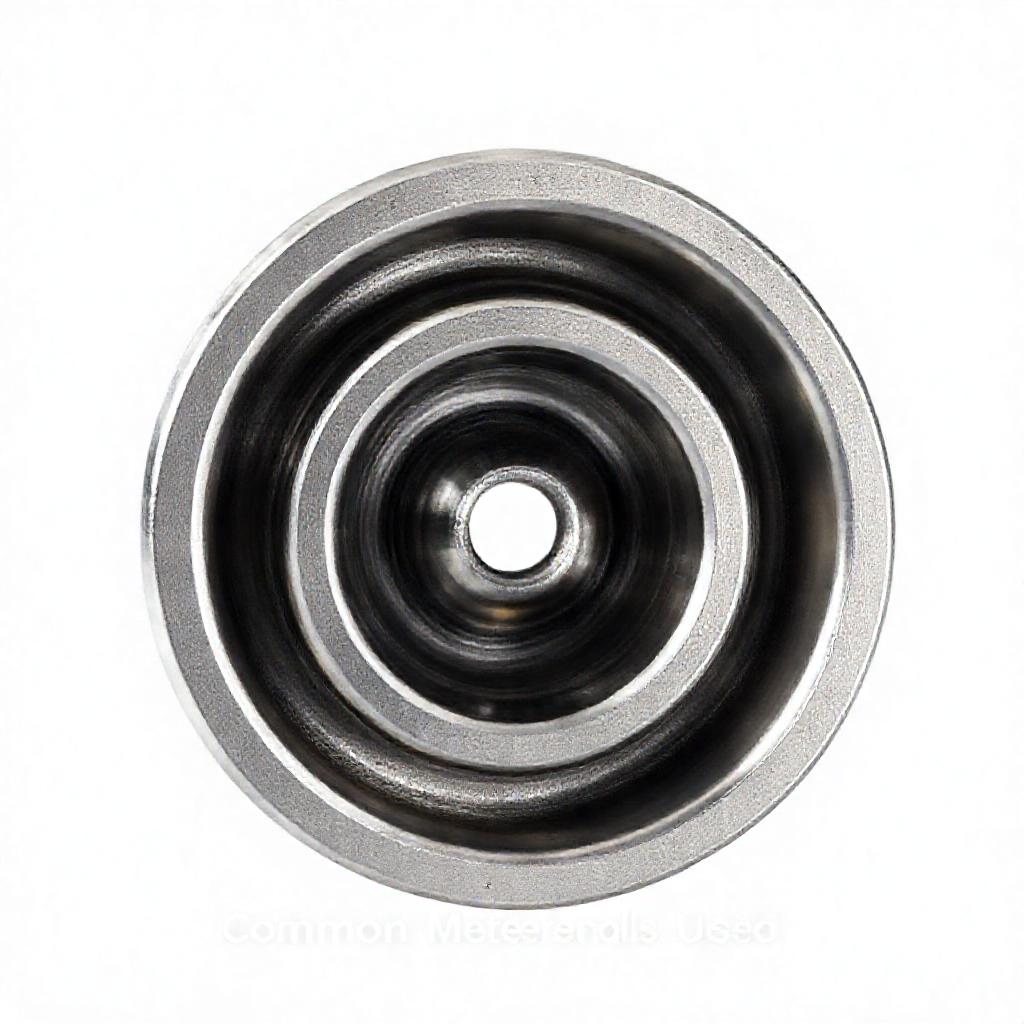
Applications of Ball and Socket Universal Joints
Automotive Industry
These joints are widely used in automotive driveshafts to connect the transmission and differential, especially in off-road vehicles where suspension movement causes shaft misalignment. They also appear in steering systems, such as tie rods, to ensure precise control despite angular shifts. Their ability to handle high torque and reduce vibration enhances vehicle performance and comfort.
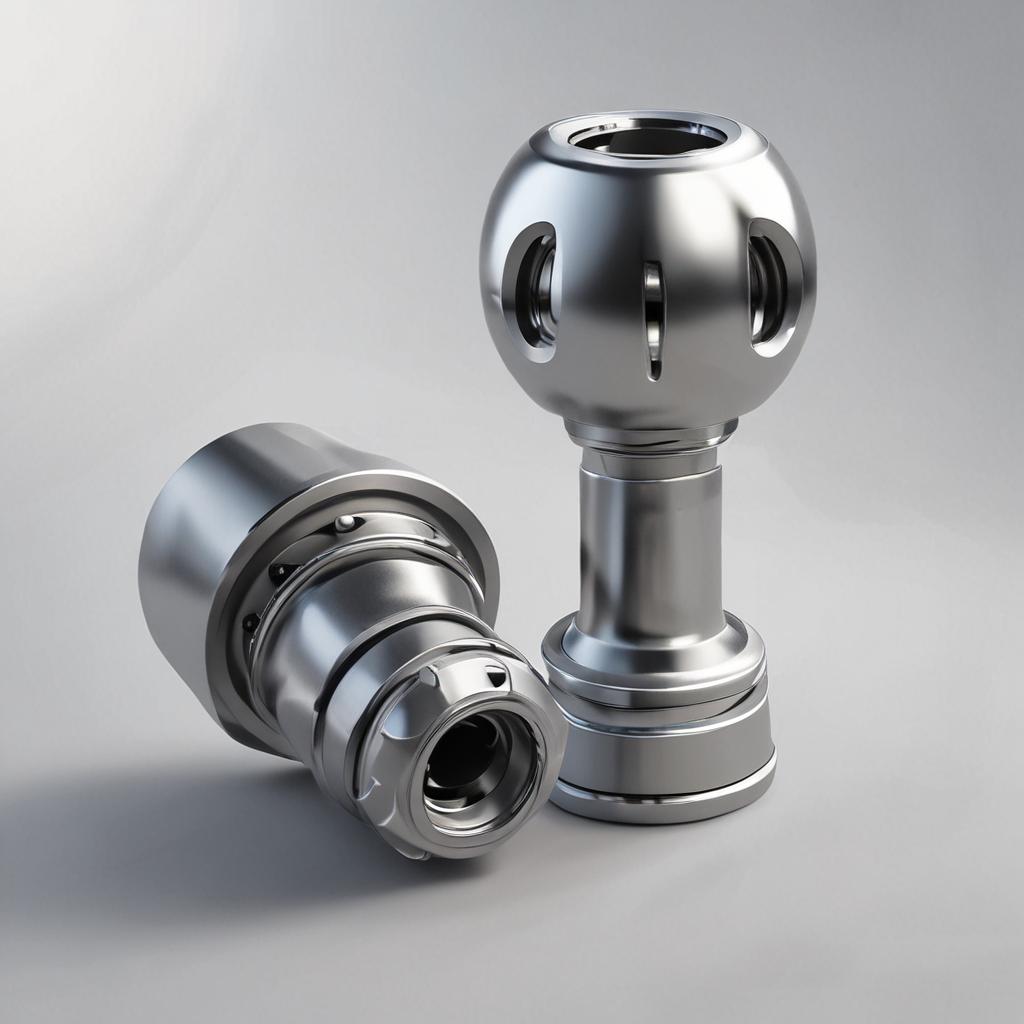
Industrial and Manufacturing Equipment
In industrial settings, ball and socket joints support heavy machinery like excavators, cranes, and printing presses. Their durability ensures consistent operation in high-stress environments, while the low-wear design extends equipment lifespan. Conveyor systems benefit from their smooth rotational motion, reducing downtime and maintenance costs in factories.
Robotics and Aerospace
Robotic arms rely on ball and socket joints for flexible, repeatable movement in assembly lines and automation. In aerospace, they are used in aircraft control surfaces and satellite mechanisms to manage angular motion with precision. Their compact size and reliability make them ideal for applications where space and weight constraints are critical, such as drones or compact robotic grippers.
Advantages and Disadvantages
Benefits of Ball and Socket Universal Joints
- High Load Capacity: The design supports heavy-duty operations without compromising stability.
- Reduced Wear: Even load distribution and low-friction bearings enhance longevity.
- Smooth Motion: Minimal vibration and angular velocity variation ensure efficient performance.
Potential Limitations
- Cost: Advanced materials and manufacturing techniques make them more expensive than simpler joints.
- Maintenance: Regular lubrication is required to prevent friction-related damage.
- Design Constraints: Limited to moderate angular deflection compared to some other joint types.
How to Choose the Right Ball and Socket Universal Joint?
Key Selection Criteria
When selecting a ball and socket joint, consider the load it must support, the operating speed, and torque requirements. Environmental factors like temperature extremes or exposure to chemicals should also guide material choices. For example, a joint used in a high-speed printing press requires materials with superior heat resistance and lubrication compatibility.
Maintenance Tips
- Lubricate regularly using manufacturer-recommended grease to reduce friction and wear.
- Inspect for signs of misalignment or damage during routine equipment checks.
- Replace joints showing excessive play, cracks, or corrosion to prevent system failure.
Conclusion
Ball and socket universal joints combine robustness with smooth, efficient motion transfer, making them essential in automotive, industrial, and aerospace applications. While their cost and maintenance requirements may be higher than alternatives, their performance advantages often justify the investment. For complex systems, consulting with mechanical experts can help ensure optimal joint selection and integration. Understanding these joints empowers you to enhance machinery reliability and efficiency in your projects.
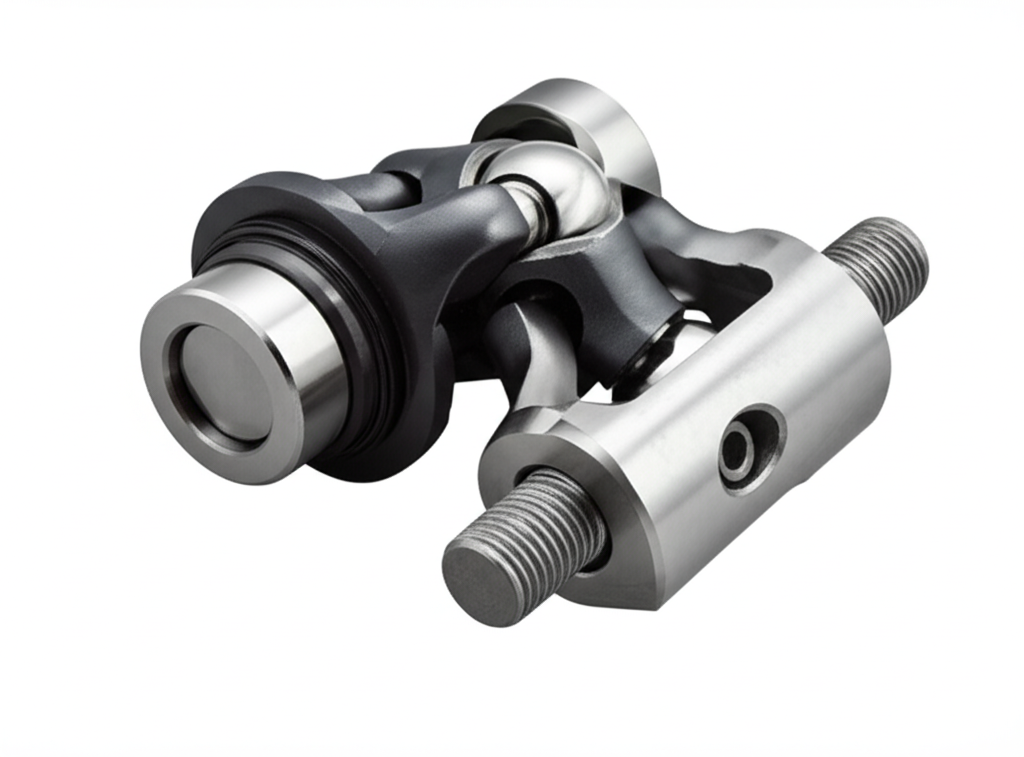
FAQs About Ball and Socket Universal Joints
What is the difference between a ball and socket joint and a Cardan joint?
The ball and socket joint uses a spherical design for smoother motion and reduced vibration, while the Cardan joint relies on a cross-shaped spider and yokes. Ball and socket joints are more compact and better suited for high-speed applications, whereas Cardan joints are cost-effective for low-speed, high-torque environments.
Can ball and socket universal joints be used in high-speed applications?
Yes, they are designed for high-speed operation due to their low-friction bearings and balanced load distribution. However, material quality and proper lubrication are crucial to prevent overheating or premature wear in such conditions.
How often should a ball and socket universal joint be lubricated?
Lubrication intervals depend on usage, but a general guideline is every 500 to 1000 operating hours. Harsh environments or heavy loads may require more frequent maintenance. Always refer to the manufacturer’s instructions for precise recommendations.
Are there custom-sized ball and socket universal joints available?
Many manufacturers offer custom designs to meet specific load, size, or environmental requirements. Customization is common in aerospace and specialized robotics, where standard sizes may not suffice.
What are the signs of a failing ball and socket universal joint?
Common indicators include unusual noise (clunking or grinding), visible wear on the ball or socket, increased vibration, and reduced motion efficiency. If left unaddressed, these issues can lead to complete joint failure and system downtime.

